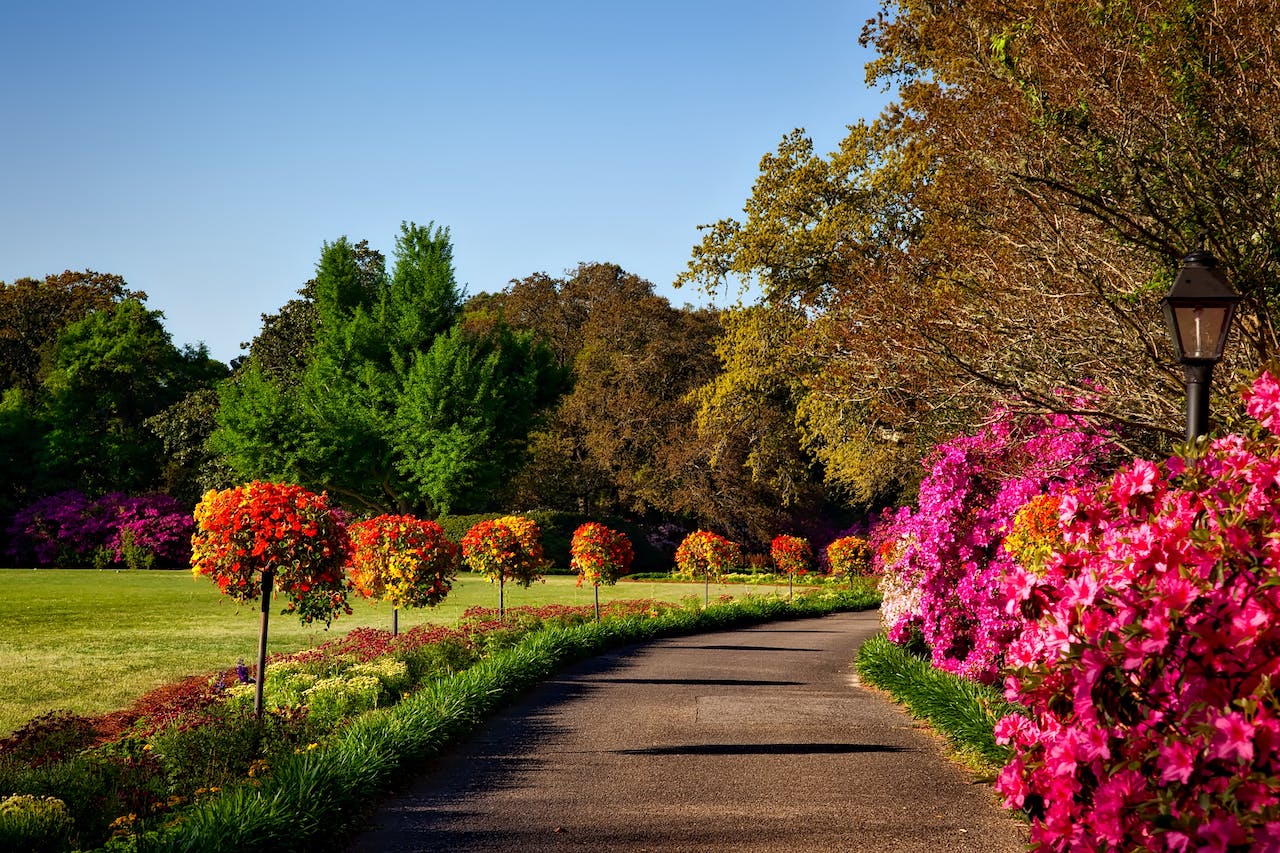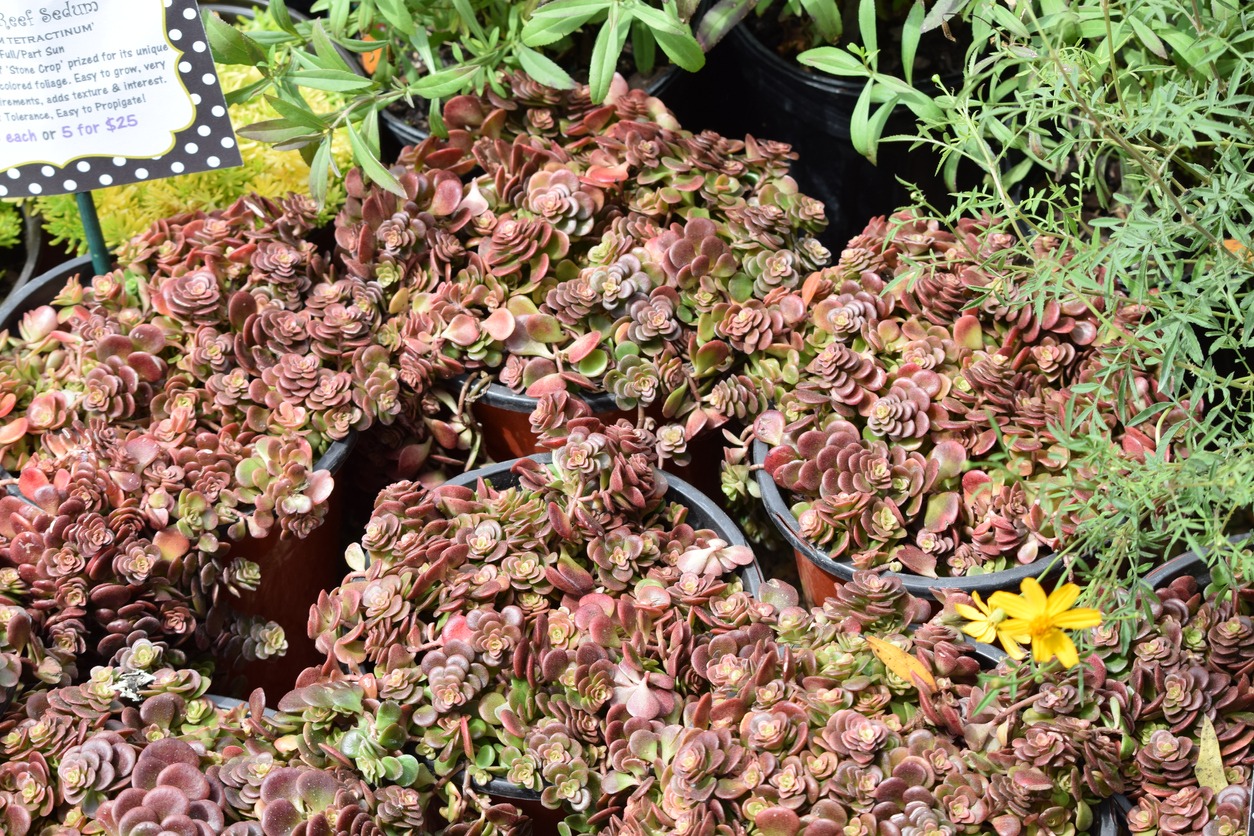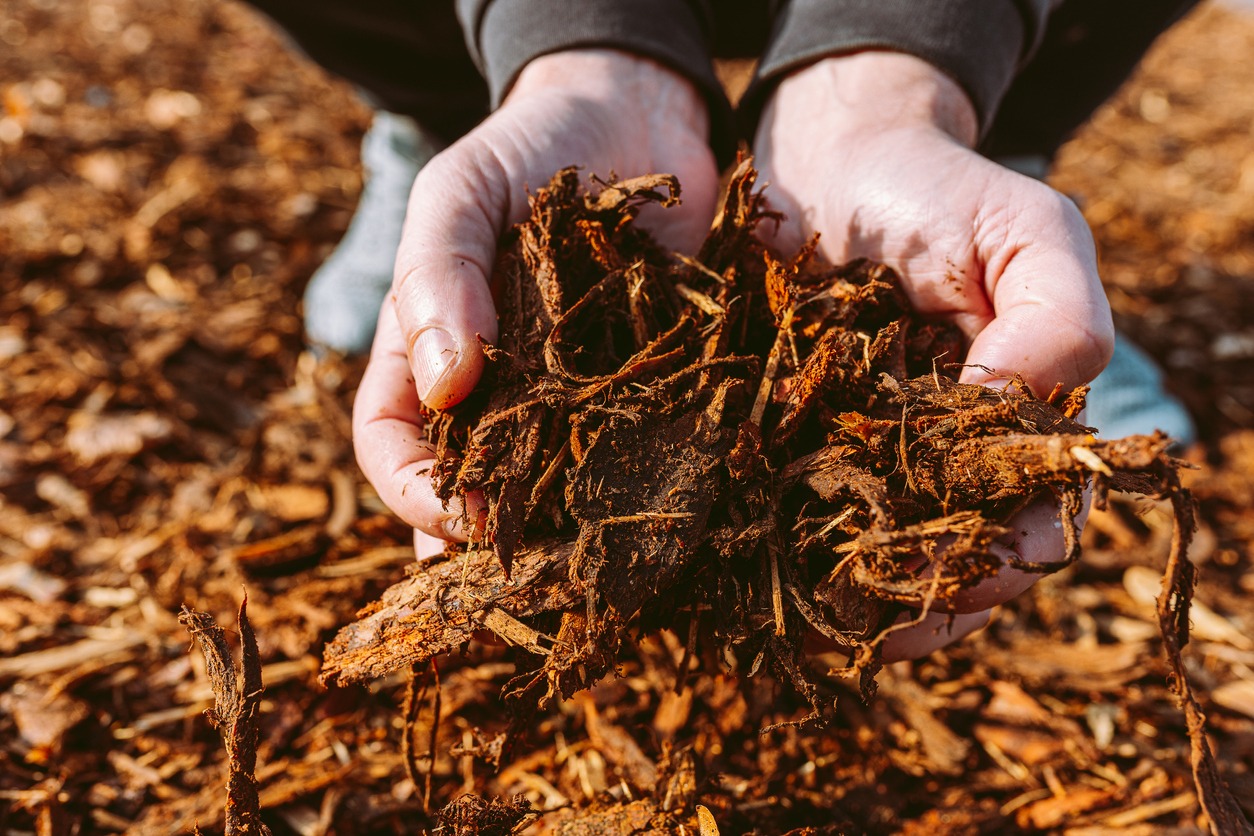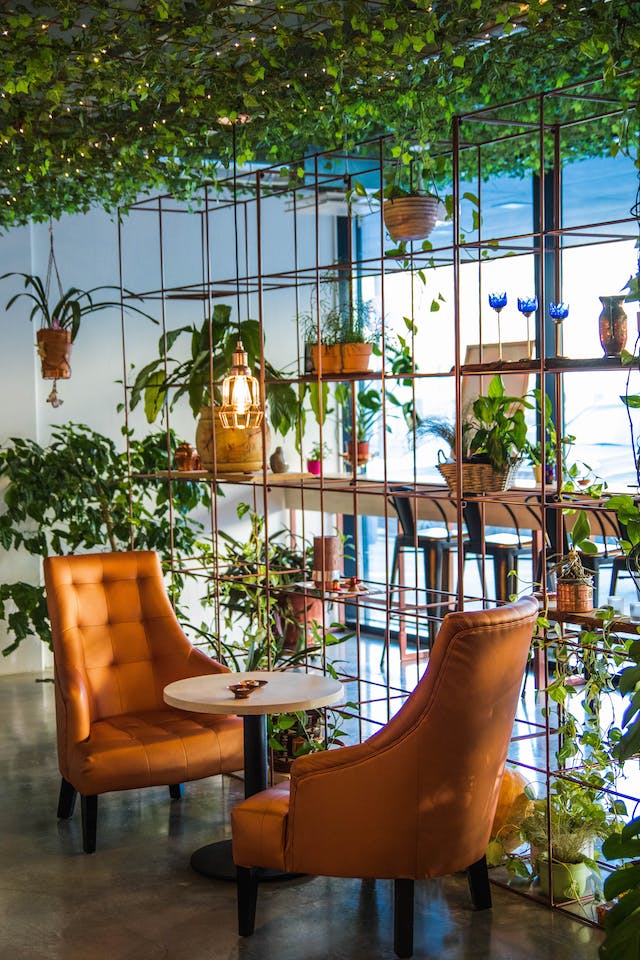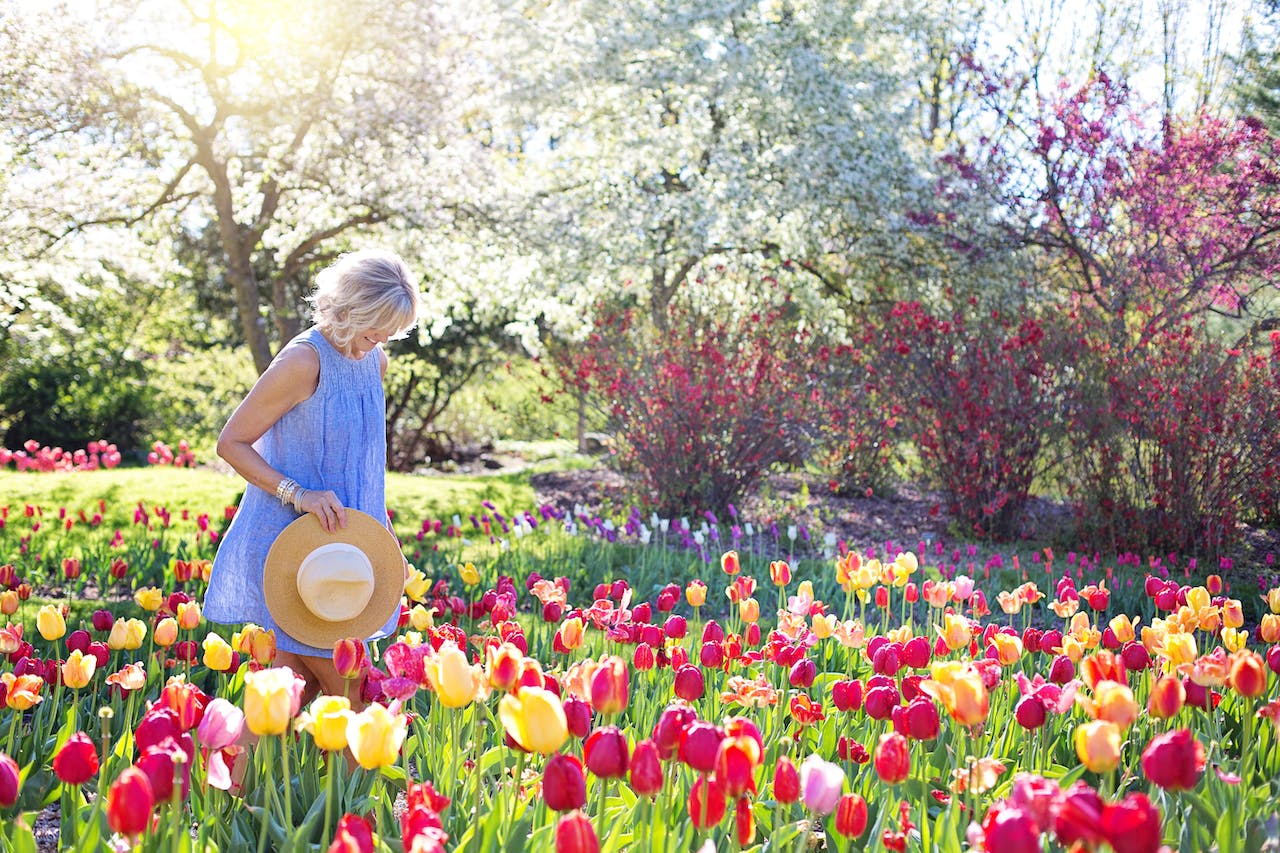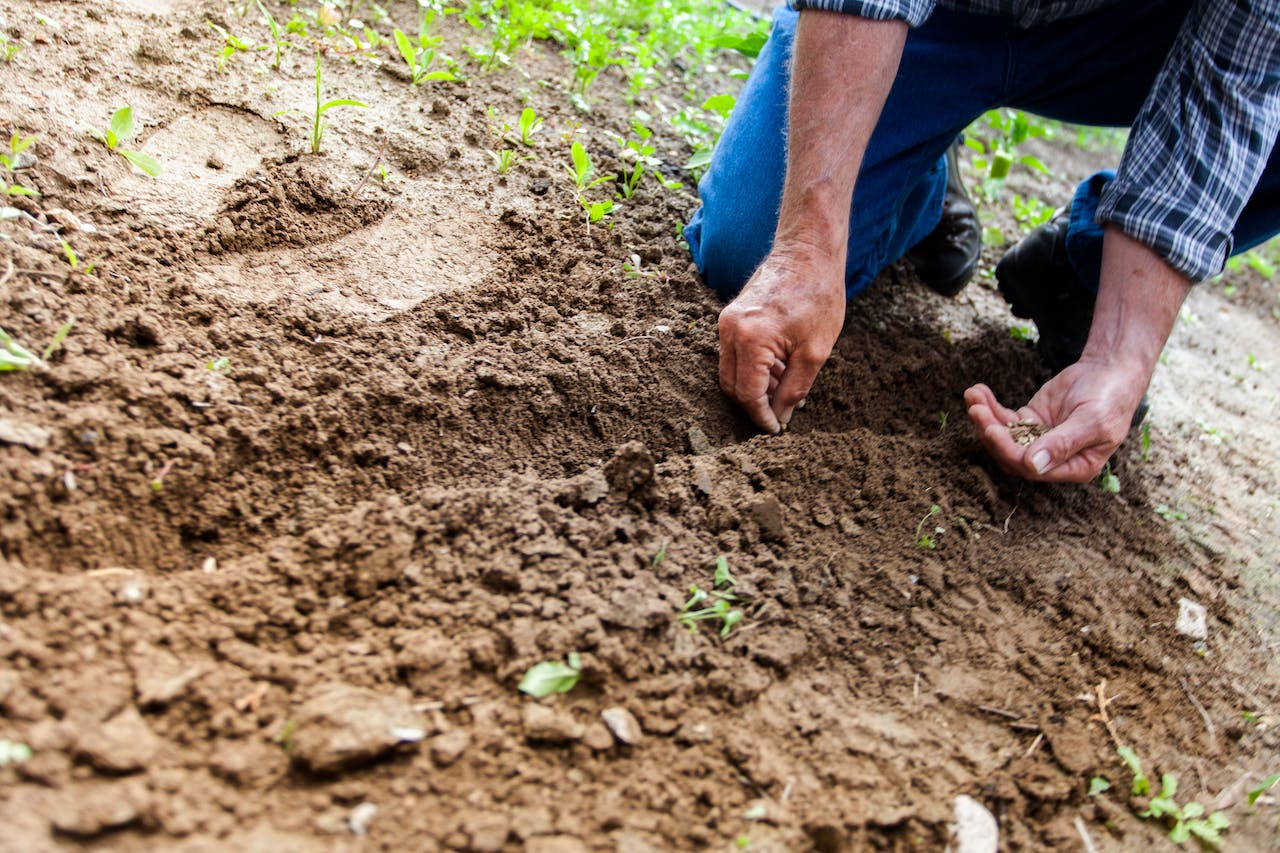A garden adds beauty and color to your home that other features can’t match. Trees like red maple have stunning red foliage that increases property value and beauty. The variety of plants won’t fail to catch the eye of anyone seeing or passing by your outdoor space.
Your garden can even become the focal point of your lawn if you plan and design it correctly and choose the right place to cultivate it. You must also get the right St. Augustine fertilizer for your grass.
Many homeowners often think twice about starting a garden when they already have a big yard to look after. However, leading lawn care providers say you can have a lovely patch of foliage that won’t require too much c,aor work and regular investment.
1. Failing to choose the best spot for your garden
When embarking on the journey to create a low-maintenance garden, one of the most crucial yet often overlooked steps is selecting the right spot for your green sanctuary. A common mistake many gardeners make is hastily planting in an area without considering its sunlight exposure, soil quality, and proximity to water sources. These factors are necessary to avoid an uphill battle against nature, as plants struggle to thrive in unfavorable conditions, requiring more attention and effort to maintain.
To mitigate this mistake, take the time to assess your outdoor space thoroughly. Observe how sunlight moves across the area throughout the day, noting any shady or overly sunny spots. Choose a location that receives adequate sunlight for your desired plants while considering the nearby water availability.
Test the soil quality to ensure it’s suitable for plant growth or amend it as needed. By carefully selecting the best spot for your garden, you set the stage for success, allowing your plants to flourish with minimal intervention and reducing the maintenance workload.
2. Ignoring perennials
Perennials are the unsung heroes of low-maintenance gardening, yet they are often overlooked in favor of flashy annuals. However, paying attention to perennials can be costly for those seeking a garden that requires minimal upkeep. Unlike annuals, which need replanting every year, perennials return year after year, reducing the need for constant replanting and saving time and money in the long run.
When planning your low-maintenance garden, prioritize perennials well-suited to your climate and soil conditions. These hardy plants are more resilient to fluctuations in weather and require less water and fertilizer than their annual counterparts. Additionally, perennials often have extended blooming periods, providing continuous beauty throughout the seasons without frequent deadheading or pruning.
By incorporating a variety of perennials into your garden design, you can create a vibrant and sustainable landscape that thrives with minimal effort, allowing you to sit back and enjoy the beauty of nature unfolding before your eyes.
3. Failing to consider the maximum size of and spacing for plants
One of the critical principles of low-maintenance gardening is proper planning, and failing to consider the maximum size and spacing requirements of plants can lead to a chaotic and overcrowded garden. Many gardeners must be more accurate in assessing how large certain plants can grow, resulting in overcrowding as they compete for space, water, and nutrients. This creates a visually unappealing landscape and increases the likelihood of pest and disease problems as airflow becomes restricted. To avoid this pitfall, it’s essential to research the mature size of each plant species you intend to include in your garden and plan accordingly.
Moreover, spacing plays a crucial role in ensuring the health and vitality of your plants. Insufficient spacing can lead to overcrowding and stunted growth, while too much space can leave gaps in your garden susceptible to weed infestation. Following spacing guidelines and giving each plant ample room to grow creates a harmonious and balanced landscape that requires minimal intervention. Take the time to map out your garden layout, considering each plant’s mature size and spacing requirements to optimize growth and reduce the need for ongoing maintenance.
4. Not using groundcovers
Groundcovers are often overlooked in low-maintenance gardening, yet they can be a game-changer in reducing weed growth, conserving soil moisture, and adding visual interest to your landscape. Unfortunately, many gardeners neglect to incorporate groundcovers into their garden design, opting for bare soil or traditional mulch. This oversight can increase weed competition, as bare soil provides an ideal environment for weed seeds to germinate and thrive. Additionally, erosion becomes a concern without groundcovers to protect the soil, especially on sloped terrain or in areas with heavy rainfall.
Integrating groundcovers into your garden suppresses weeds and adds texture, color, and depth to your landscape design. Choose low-growing varieties that spread quickly to fill empty spaces and smother weeds, such as creeping thyme, sedum, or vinca minor. Once established, these resilient plants require minimal maintenance, making them an excellent choice for busy gardeners looking to reduce the time and effort spent on upkeep. Whether used as a living mulch between larger plants or as a focal point in their own right, groundcovers are a valuable asset in creating a low-maintenance garden that thrives year-round.
5. Forgetting about mulch
Mulch is like the unsung hero of low-maintenance gardening, yet many enthusiasts overlook it. This simple yet effective tool offers many benefits for your garden, including weed suppression, moisture retention, and soil temperature regulation. However, forgetting to apply mulch can increase weed growth, moisture loss, and soil erosion, leading to a higher maintenance burden over time.
Without a protective layer of mulch, weeds can quickly take over your garden beds, competing with your plants for essential nutrients and water. Additionally, exposed soil is more prone to drying out, especially during hot summer, requiring frequent watering and attention to keep your plants healthy and thriving.
To avoid this common mistake, prioritize mulching in your garden maintenance routine. Choose a high-quality mulch material, such as shredded bark, straw, or compost, and apply a two to three-inch thick layer around your plants. Not only will mulch help suppress weeds and conserve moisture, but it also adds organic matter to the soil as it breaks down, improving its structure and fertility over time.
By incorporating mulch into your garden design, you’ll save time and effort on maintenance and create a healthier and more resilient landscape that flourishes year after year.
6. Failing to make watering a simple chore
Watering your garden is a task that can quickly become time-consuming and labor-intensive if not approached with efficiency and foresight. Many gardeners need to implement simple watering systems or techniques, resulting in wasted time, water, and energy.
Plants with a streamlined watering routine may experience consistent moisture levels, leading to stress, wilting, and reduced growth. Moreover, manual watering with a hose or watering can often result in water being wasted through runoff or evaporation, further adding to the workload and environmental impact.
To simplify watering and reduce maintenance in your garden, consider implementing drip irrigation systems, soaker hoses, or self-watering containers. These automated watering solutions deliver water directly to the roots of your plants, minimizing waste and ensuring consistent moisture levels throughout your garden beds.
Additionally, grouping plants with similar water needs together can optimize watering efficiency and reduce the time spent tending to your garden. By making watering a simple and streamlined chore, you’ll save time and effort and promote healthier and more resilient plants that thrive with minimal intervention.
7. Not using pots
Pots and containers offer a versatile and low-maintenance solution for gardening, yet many enthusiasts overlook their potential when creating outdoor spaces. By not utilizing pots, gardeners miss out on the opportunity to easily control soil quality, manage pests, and create portable garden displays that can be rearranged easily.
Planting directly into the ground can make it challenging to control soil conditions, leading to nutrient deficiencies or drainage issues that require ongoing maintenance to rectify. Additionally, it becomes easier to protect plants from pests or extreme weather conditions with the ability to move plants around, increasing the likelihood of damage and disease.
Incorporating pots into your garden design allows greater flexibility and control over your outdoor space. Choose containers of various sizes and materials to accommodate different plant species and aesthetic preferences, and experiment with other arrangements to create visual interest and focal points throughout your garden. Pots also make it easier to protect vulnerable plants from pests or harsh weather conditions by simply moving them to a more sheltered location as needed.
By embracing pots as a valuable tool in your low-maintenance gardening arsenal, you’ll save time and effort on upkeep and enjoy greater creative freedom and flexibility in designing your outdoor oasis.
Additional mistakes
Overplanting: It’s easy to get carried away with planting too many varieties of plants. Overplanting can lead to overcrowding, resource competition, and difficulty accessing plants for maintenance tasks like weeding and pruning. Instead, aim for a balanced and thoughtfully curated selection of plants that complement each other and fit well within the space.
Ignoring Maintenance Needs: Low-maintenance gardens require less ongoing care than traditional gardens, but they still need some attention to thrive. Refrain from neglecting basic maintenance tasks like watering, weeding, and pruning, which can quickly undo all your hard work and lead to a messy, unkempt garden. Set aside time regularly to check on your garden and promptly address any maintenance needs to keep it looking its best.
Lack of Planning for Seasonal Changes: Seasons and your garden’s needs change. Failing to plan for seasonal variations in light, temperature, and precipitation can result in plants struggling to adapt or even failing altogether. Consider the changing seasons when designing your garden, choosing plants well-suited to your local climate, and considering factors like winter interest and summer shade.
Forgetting About Pest and Disease Management: Even low-maintenance gardens are susceptible to pests and diseases, which can quickly spread and wreak havoc if left unchecked. Incorporate pest and disease management strategies into your garden plan, such as selecting resistant plant varieties, practicing good sanitation, and using natural pest control methods like beneficial insects or companion planting.
Not Considering Long-Term Maintenance: While low-maintenance gardens are designed to require less ongoing care, they still need occasional maintenance to keep them looking their best. Failing to consider the long-term maintenance requirements of your garden, such as pruning back overgrown plants or dividing overcrowded perennials, can result in a neglected and messy appearance over time. Plan and incorporate regular maintenance tasks into your gardening routine to ensure your low-maintenance garden stays beautiful and healthy for years.
Fun facts about having a low-maintenance garden
- Ecosystem Boosters: Low-maintenance gardens often incorporate native plants, which provide food and habitat for local wildlife such as birds, butterflies, and bees. By creating a biodiverse environment, you’re contributing to the health and balance of your local ecosystem.
- Water Conservation: Many low-maintenance garden designs prioritize water efficiency, utilizing drip irrigation and drought-tolerant plants. By conserving water, you’re saving on your water bill and helping to mitigate water scarcity in your area.
- Year-Round Beauty: With careful planning and plant selection, low-maintenance gardens can offer beauty and interest throughout the year. From early spring blooms to winter evergreens, there’s always something to enjoy in a well-designed garden, no matter the season.
- Reduced Carbon Footprint: By minimizing the use of pesticides, herbicides, and fossil fuel-powered tools, low-maintenance gardening practices help reduce your carbon footprint. Organic gardening methods and composting further enhance the sustainability of your garden.
- Stress Reduction: Studies have shown that spending time in nature can have numerous health benefits, including reducing stress and anxiety. A low-maintenance garden provides a tranquil retreat where you can unwind and connect with the natural world without feeling overwhelmed by constant upkeep.
- Educational Opportunities: Gardening is a great way to learn about plant biology, ecology, and environmental stewardship. Low-maintenance gardens offer plenty of opportunities for hands-on learning, whether experimenting with different plant combinations or observing the interactions between plants and wildlife.
- Community Building: Low-maintenance gardening can also be a communal activity, bringing together neighbors and friends to share knowledge, resources, and the fruits of their labor. Community gardens and shared green spaces foster a sense of belonging and cooperation among residents, enhancing the social fabric of neighborhoods.
Conclusion
Avoiding these mistakes will make starting a new feature on your property more accessible. You can call on trusted lawn care pros to help create and maintain a thriving, low-maintenance garden. Go and let us improve our low-maintenance gardens!
